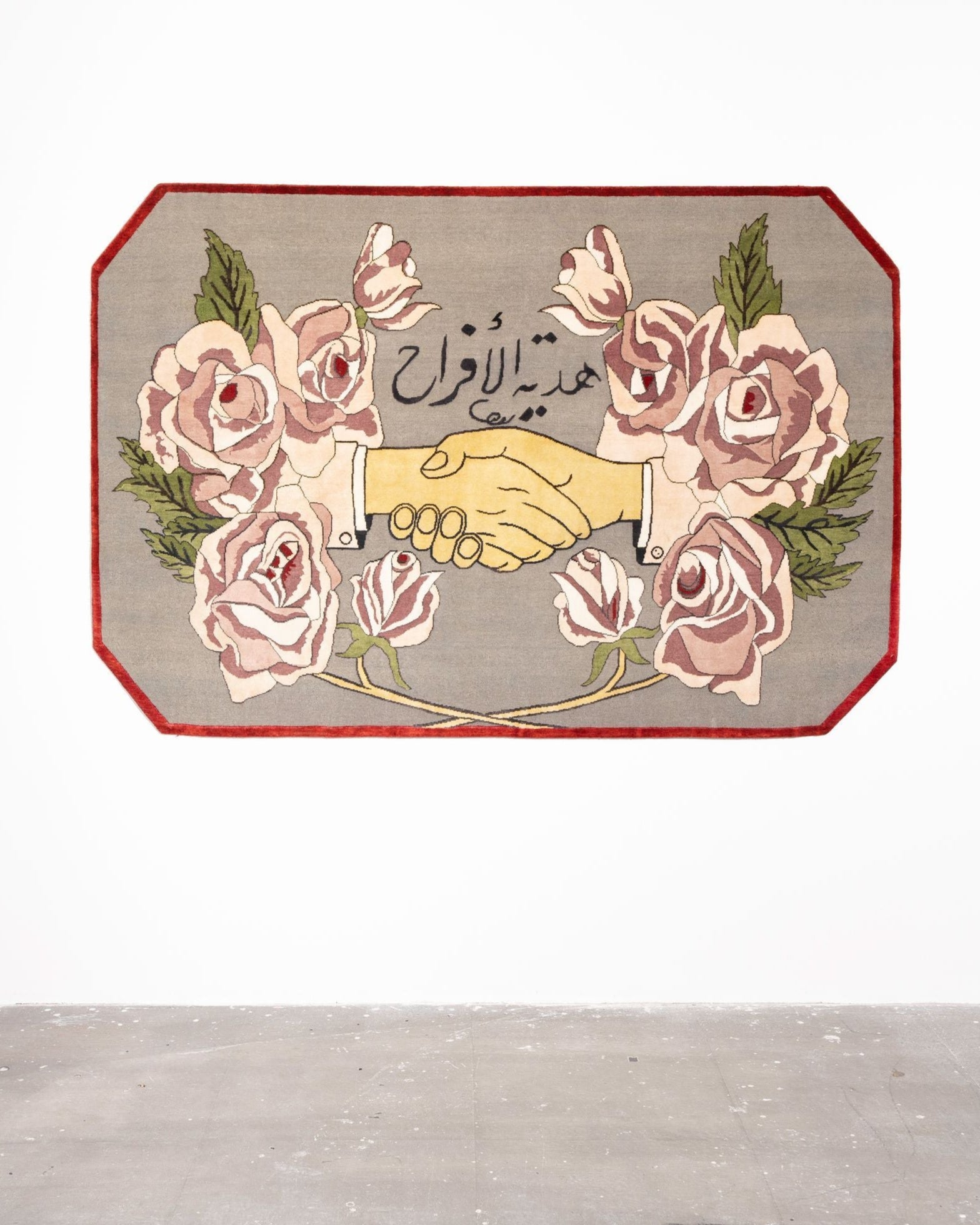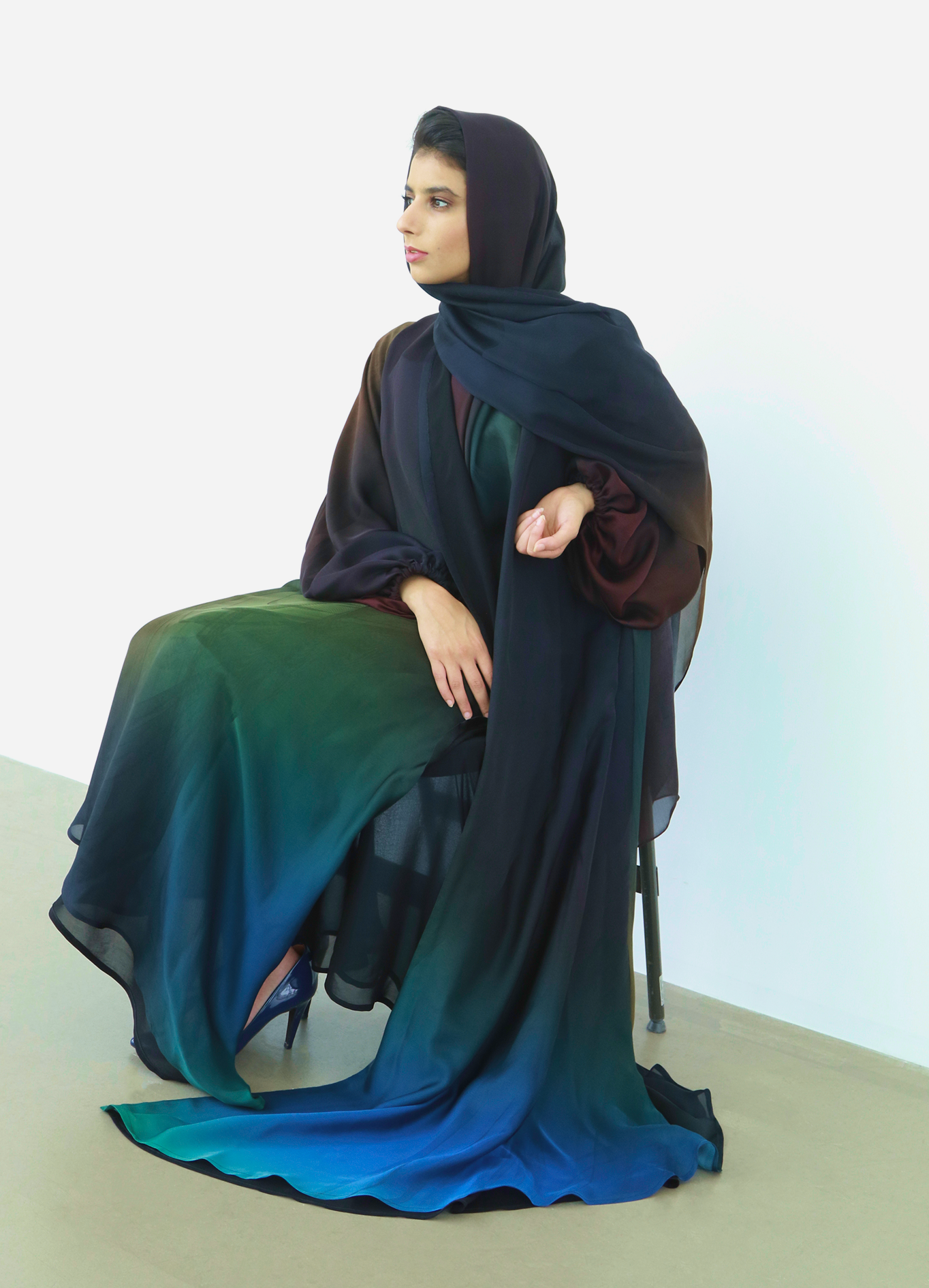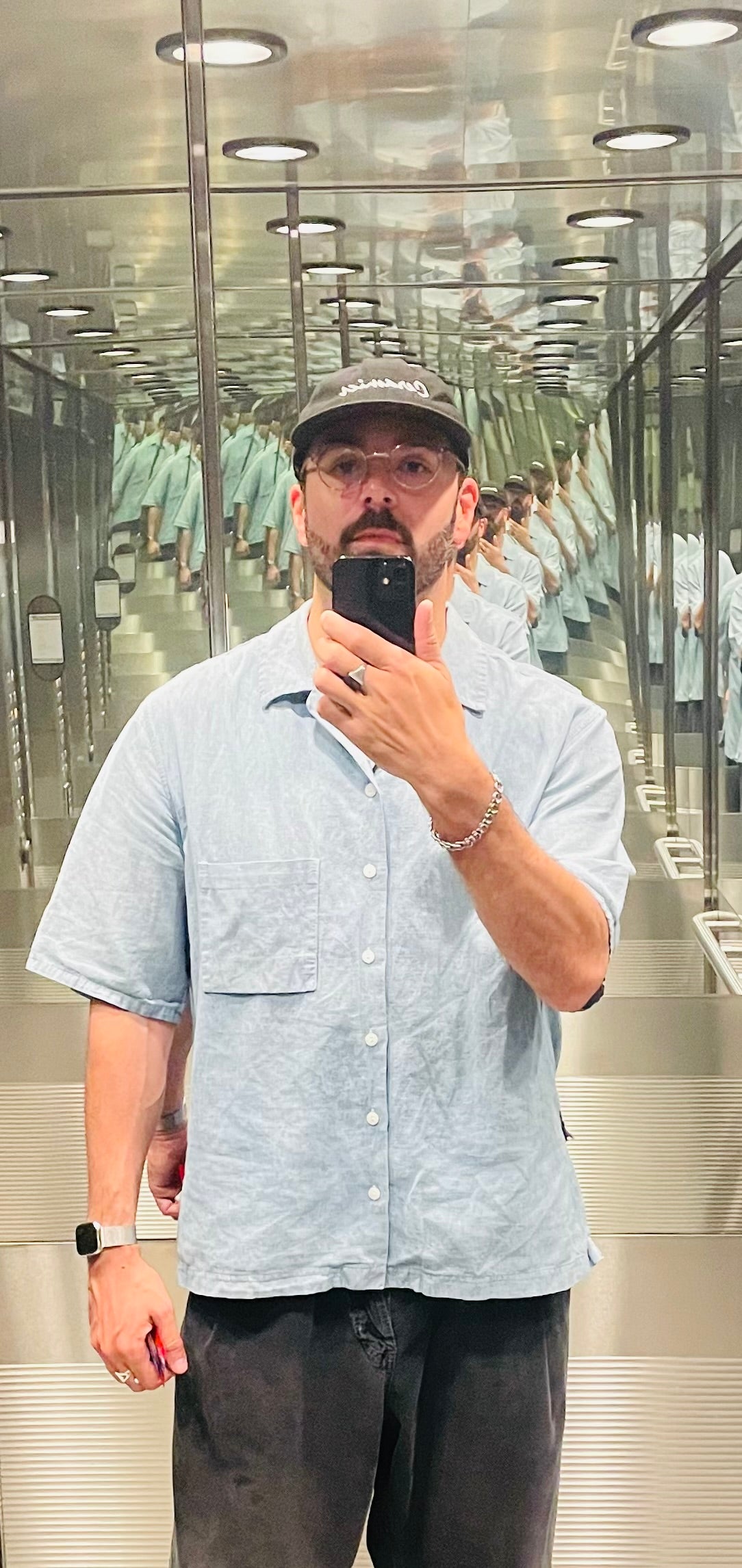HIND Bin Demaithan
Nomadic Futures
On Memory & Movement
To speak of Nomadic Futures is to return to the pulse of movement that shaped who we are. In the desert, movement was never aimless; it was embodied knowledge, passed through silence, shadow, and sand.
"My own lineage, like so many across the Middle East, carries the memory of temporariness as inheritance. We don’t see it as loss. We see it as rhythm, as response, as life itself."
In today’s hyper-digital, post-displacement world, where borders are redrawn through code and conflict, we are asked again to design not just for permanence, but for movement. For fluidity. The “Nomadic Adaptation” cluster in Ancestral Futures brings this urgency to the forefront, showing us how design can remain in motion —scalable, modular, and resonant with ancestral intelligence.
Talin Hazbar’s material investigations, for instance, pull textures from the sea and shore, drawing memory from coral, sand, and steel. These are not simply objects, they are archives of place, shaped by erosion and resilience. Similarly, Kawther Al Saffar’s work with fused metals invites us to imagine the body and the built environment as one, modular, fragmented, yet whole. There’s a logic of adaptation embedded here. A logic that our ancestors in the Middle East knew well: tents that breathed, garments layered for shifting climates, tools that traveled, and rituals that moved without being lost.

"They call on memory without naming it"
Kate Mondloch, in Screens: Viewing Media Installation Art, describes “spatialized temporality”—a viewer's experience of being in multiple times and spaces simultaneously. This echoes through the exhibition. Areen Hassan’s explorations, textured, bodily, tactile, evoke that sense of being in-between. They call on memory without naming it. Her pieces do not dictate narrative; they gesture toward personal rituals, embodied archives, and the intimacy of absence.
In a different but equally resonant register, the collaborative carpet installation by Sultan the 1st x Iwan Maktabi reclaims traditional form as a radical medium. The carpet, often a symbol of stability and domesticity, becomes a nomadic surface for political commentary, regional myth, and hybrid identity. It stretches the idea of “ground” into something symbolic, portable but rooted in meaning.

Layth Mahdi’s algorithmic calligraphy sits at another threshold, where sacred geometry meets digital speculation. Here, tradition is not static but iterative, pulsing with generative energy. Wafa Al Falahi’s sculptural works, too, live in this “third space,” as Homi Bhabha describes it “a zone of hybridity” where identity is not inherited whole, but built in fragments, across geographies, and through time.
The notion of nomadism, often romanticized or reduced to aesthetic, is in fact a strategy. It is about designing for uncertainty with grace. As the climate shifts, as cities sprawl, as identities are increasinglynegotiated through diasporic threads, the relevance of nomadic thinking has never been more vital.
"It is an intelligence of humility, never overbuilt, never singular."

Ancestral Futures is not a nostalgic call to the past. It is a reckoning with how to carry what matters forward. Imagination, as Arjun Appadurai writes, is a social practice. In this exhibition; Imagination becomes a structure. Memory becomes a tool. And design becomes a form of survival. These artists are not merely preserving heritage, they are reanimating it.
"Much like the Silk Road once enabled the flow of goods and beliefs, this exhibition charts new routes."
_______
©Hind Bin Demaithan
FRIDAY GALLERY
MORE FROM THE CATALOG
Ancestral Futures: On Memory

Stories Held in Stone
Curatorial Statement

On Memory & Food
Ancestral Agency

On Memory & Magic
Alephism

On Memory & Heirlooms
From Teta
Back to the Exhibition
